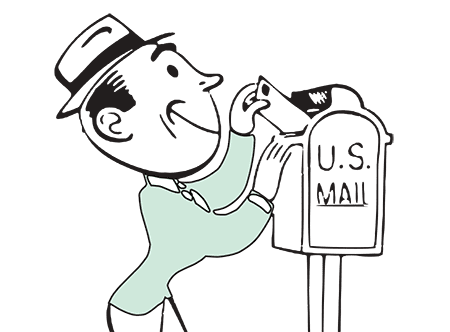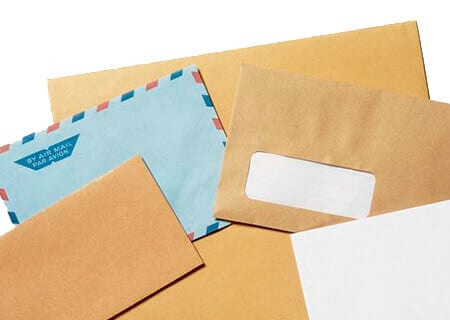Unlocking the Secrets of Security Tint Envelopes
Security tint envelopes revolutionize the way sensitive documents are mailed, offering robust privacy and protection for your valuable information. These paper vessels, usually of the standard #10 size (4 1/8″ x 9 1/2″) or the slightly smaller #9, are most often dispatched for financial documents, medical records, bank checks, government correspondence, and private letters – anything that requires safeguarding from prying eyes.
Why Choose Security Tint Envelopes?
Any entity, be it a business, an organization, or an individual, that values confidentiality should opt for security tint envelopes over ordinary ones. Using regular envelopes for important matters can result in personal information theft liability. Hence, keeping a surplus of security envelopes handy enables mail sending without the concern of unwanted interception.
The Anatomy of Security
What sets a security envelope apart from its regular counterpart is the intricately printed pattern on its interior. This pattern results in a tint that blurs visibility when viewed from the outside and also convolutes any text within, rendering it unreadable to any prying eye. This is achieved through dense designs that both scramble text and darken the envelope paper.
Without a security print, your envelope could be easily compromised. Ill-intention individuals can hold the envelope against a light source, making the contents visible without opening the envelope. This allows access to sensitive information like bank account details, social security numbers or private data, which could lead to identity theft or blackmail.
When was the security tint envelope first used?
The exact inception of security tint envelopes remains unclear, but their use became more widespread in the late 20th century. As the need for discretion and privacy in mailing sensitive documents grew, particularly with financial transactions and medical records, so did the use of security tint envelopes.
Security Envelope Suitability: Who Needs It?
The need for a security envelope can be determined by the privacy level required for the contents. Information specifically tailored for the recipient or sensitive data like a medical test diagnosis or a social security number necessitates a security envelope.
Common Use Cases for Security Envelopes include:
- Bank or tax statements
- Legal processing
- Mailed checks
- Health documents
- Personalised correspondence
- Offers with sensitive data
- Documents with social security numbers, account numbers or health information
Key Takeaways
- Using security envelopes can prevent data theft and offer peace of mind.
- They are ideal for any correspondence that involves sensitive information.
- The printed pattern within security envelopes shields the contents from prying eyes.
Choose security envelopes for a cost-effective and less laborious privacy solution compared to other measures like an additional covering paper. Enhance your mail security with an envelope designed to shield your personal information efficiently and safely. Visit our product listings to find a security envelope fitting your needs. Customizable options are available for a more professional or personal touch.



